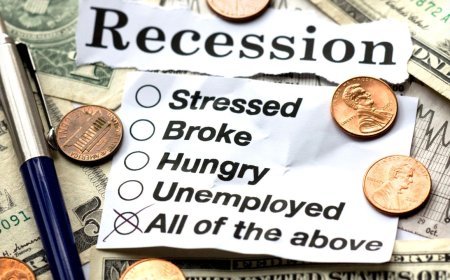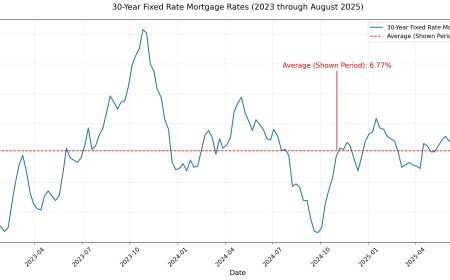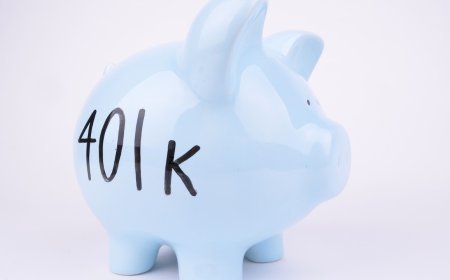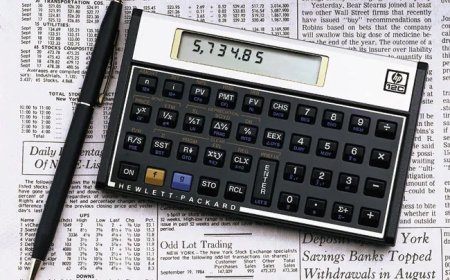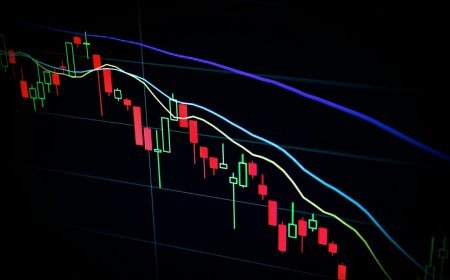The Rule of 72: How to Quickly Estimate Investment Growth
Learn the simple Rule of 72 formula to quickly estimate how long it takes for your investments to double in value. Master this essential financial tool.

The Rule of 72 is one of the most powerful yet simple tools in personal finance that every investor should master. This mathematical shortcut allows you to quickly estimate how long it will take for your investment to double based on a fixed annual rate of return.
Simply divide 72 by your expected annual return rate, and you'll get the approximate number of years it takes for your investment to double. For example, with a 6% annual return, it takes 12 years to double (72 ÷ 6 = 12). With an 8% return, it takes 9 years, and with a 10% return, just 7.2 years.
This rule works remarkably well for returns between 6-10% and helps with investment planning, comparing options, and understanding inflation's impact. The rule is based on the mathematical concept of compound interest, providing a remarkably accurate approximation that makes complex calculations simple.
Use the Rule of 72 to set realistic timeline expectations for your investments. If you're 30 years old and want to double your retirement savings by age 40, you'd need an annual return of approximately 7.2%. When evaluating different investment vehicles, the Rule of 72 helps you quickly compare their growth potential - a savings account at 2% takes 36 years to double, while a conservative portfolio at 5% takes just 14.4 years.
The rule also works in reverse to show how inflation erodes purchasing power. With 3% inflation, your money's purchasing power halves every 24 years. While it's an approximation that assumes constant returns, its simplicity makes it perfect for goal setting and financial planning decisions.
Remember that the key to successful investing isn't just knowing the math - it's consistently applying these principles over time. The Rule of 72 shows why starting early and staying invested are crucial for long-term wealth building.
What's Your Reaction?
 Like
0
Like
0
 Dislike
0
Dislike
0
 Love
0
Love
0
 Funny
0
Funny
0
 Angry
0
Angry
0
 Sad
0
Sad
0
 Wow
0
Wow
0


